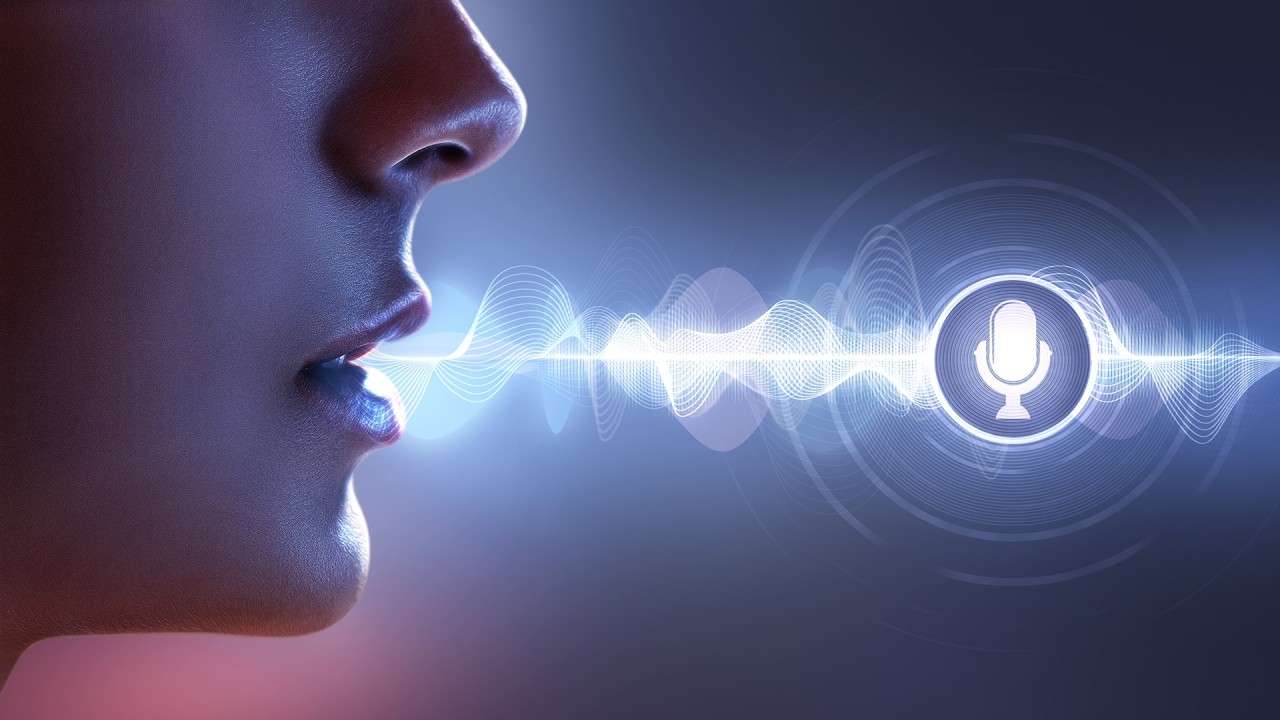Evolution Of Voice Technology(Part-1)
Introduction
- Voice has always been the most
commonly used medium of communication amongst humans. Verbal communication has
been preferred over other forms like writing as it’s more spontaneous and
natural mode of interaction. The tone of verbal communication distinguishes it
from textual/written communication, ensuring that the former is more
conversational and easier to comprehend on most occasions Advancements in
artificial intelligence (AI) and speech recognition technologies have provided
companies with huge opportunities and allowed them to gain significant
advantages in meeting the ever-growing customer expectations. This is evident
from the huge growth in voice technologies in the last few years. Voice has
become a significant part of technology-driven apps which are becoming
increasingly better at communicating in a humanlike manner.
Increase in
present-day usage
There has been considerable progress in the development of
AI-enabled speech-to-text and text-to-speech hosted services, making seamless
voice-driven customer experience a reality. This opens up a wide range of
opportunities for voice to become a crucial part of businesses in the future.
“All enterprises must have a strategy for harnessing voice, which is set to be
the next big revolution” says Sumit Srivastav, Intelligent Automation Leader,
PwC India. Earlier, consumers of voice technology preferred using it for
simpler and instructional tasks such as setting alarms, making phone calls and
conducting voice-based searches for movies and news updates. The development of
more mature and advanced voice technology is enabling machines to handle
complex tasks by simply conversing with users. This provides organisations with
multiple opportunities to voice technology.



Comments
Post a Comment